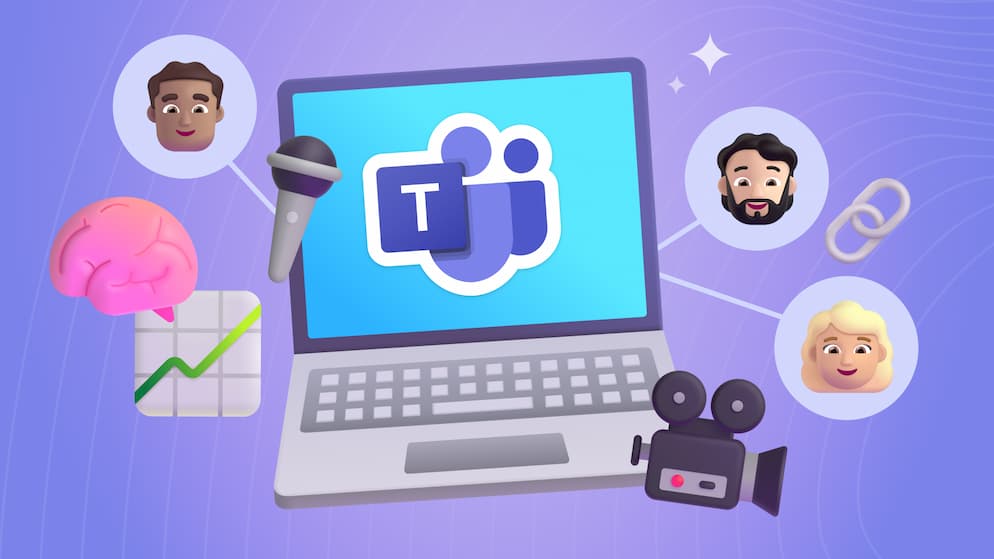5 Best Practices for Launching a Successful Employee Portal
There is a lot involved in the setup and rollout of an employee portal. Luckily, we have a few best practices that will make the launch painless.
Introduction
SharePoint is widely regarded as the go-to tool to create an intranet portal experience for employees and content creators. Specifically, communication sites were designed to feature portal elements like news, announcements, events, contact resources and other published consumable media in a customized user experience.
So, let’s discuss 5 best practices that all admins should use to maximize their portal impact while minimizing regular upkeep.
1. Develop a Clear Communication Plan Early On
In many work cultures, a portal announcement has the risk to be met with negative feedback. This could be due to previously faltered portal efforts or simply due to the presence of a new tools learning curve. Appropriate planning and engagement with your future site users are essential to start gaining early momentum and adoption of the portal.
Let both your portal team members and users know about the project ahead of time and what to expect throughout the process. Schedule milestone dates about when portal areas will be launched and how to get to them. Give them a resource to ask questions about accessing it. Even if some members are initially uncomfortable with the portal idea, if the launch process is concise and transparent, they are more likely to jump on board during the project. Even negative feedback from your users can help identify opportunities to improve your portal project early on.
Make sure your communication plan includes training and engagement with portal users. Those accessing your portal will invest in resources that help them develop professionally and engage them in the work culture throughout the year. Opportunities to post content like training videos or calendar events encourage users to interact together and stay organized.
2. Keep Roles and Permission Simple
A critical part of any portal implementation is making sure all content is secured based on the role a user has in the organization. At the same time, you should consider the management required to maintain the security that you want. For this reason, you should avoid creating a highly complex and specific permission scheme.
Instead, try to create sites in a way that you can easily use the standard SharePoint groups (Site Owners, Site Members, Site Visitors). You should also try to avoid assigning permissions to individual users if an existing Office 365 group or Azure Active Directory group exists.
ProTip: It is often better to ask "what users can never see this data" instead of, "what users need to see this data" when determining permissions.



3. Keep Your Pages and Libraries Alongside Each Other
A great SharePoint portal is all about having your content well-organized and giving end users fast paths to it. Creating a great front-end experience means that users don't have to go directly to a document library or event calendar within the site's backend. Instead, they'll be able to view pages that aggregate relevant content from those libraries and display them in an organized way.
When creating the site structure of your portal, you should try to define a few things:
- Every area that will be created
- What content will be uploaded and hosted within that site
- What visitor pages will be created to display that content
As a general rule, the content should live side by side with the relevant pages on a site. This helps make sure that content owners don’t need to search for content they need to update on other sites, it all lives together in a predictable way. There are exceptions to this scenario, but it's a good place to start.


SELF ASSESSMENT
Is your business getting full value from your M365 subscription?
Billions of dollars are wasted each year on underused subscriptions. Take 3 minutes to find out where your tools are driving results, and where they’re holding you back.
Find Out Now

Is Team Communication Holding You Back?
Find Out in Just 2 Minutes.
Take our quick scorecard to uncover communication gaps and hidden barriers within your team.
4. Populate Portal Content Early On
You’re likely creating a new portal from scratch or migrating content from a previous portal. In either case, it can be a pain managing content in two places during the build-out, so content owners often wait to move their content "until later". Fight this feeling and get your content in early on in the process so that your site is as relevant as possible.
The population of your portal takes time, and the window during moving your content while content owners are updating it can also compound this hesitancy. Ensuring your files are the latest and greatest is important and overwriting initially moved content with updates is relatively easy to do just before launch. You can always touch up a few odds and ends after launch as well.
Don’t feel afraid to launch part of your portal when you are ready. Once an area is launched, that means you don't have to manage it in two places anymore! It's also important to make sure the portal is a living environment and tweaks are allowed (and common) even after launch.
5. Create Relevant Content
The moment you launch your portal is crucial to successful adoption. There will be a lot of first impressions when end users are given access to it. Some good, some bad. Some users may not know what content to expect, but others may have expectations from prior portal experiences or could be skeptical about "another tool" being added to their list of things to keep track of.
The days leading up to the launch of the portal can be busy, and you may feel like there’s a lot of loose ends to tie up before going “live.” A visually pleasing website or easily accessible site are all great things to drive usage of your portal, but your ability to create fresh new content is at the heart of what makes it essential. Having engaging, relevant content on your portal launch will reinforce to users that this tool is valuable and worth visiting.
Make sure you are creating content that users will want to use and launch that content when it is ready. Don't wait "for your email newsletter", just publish the news. Send the newsletter later.
Wrap-up
We touched on quite a few different topics here. From pre-planning the communication of your portal launch to identifying roles in your involved team members. Other practices were specific to the technical functionality of your future/existing environment. The reason we included a variety of these is that they are all connected in one way or another, and portal owners need to keep a wide perspective on all of them to be successful. Anyone can create a portal rather easily, but it takes work and a lot of proactive consideration to make it efficient and not turn into a management nightmare.






.jpg)







